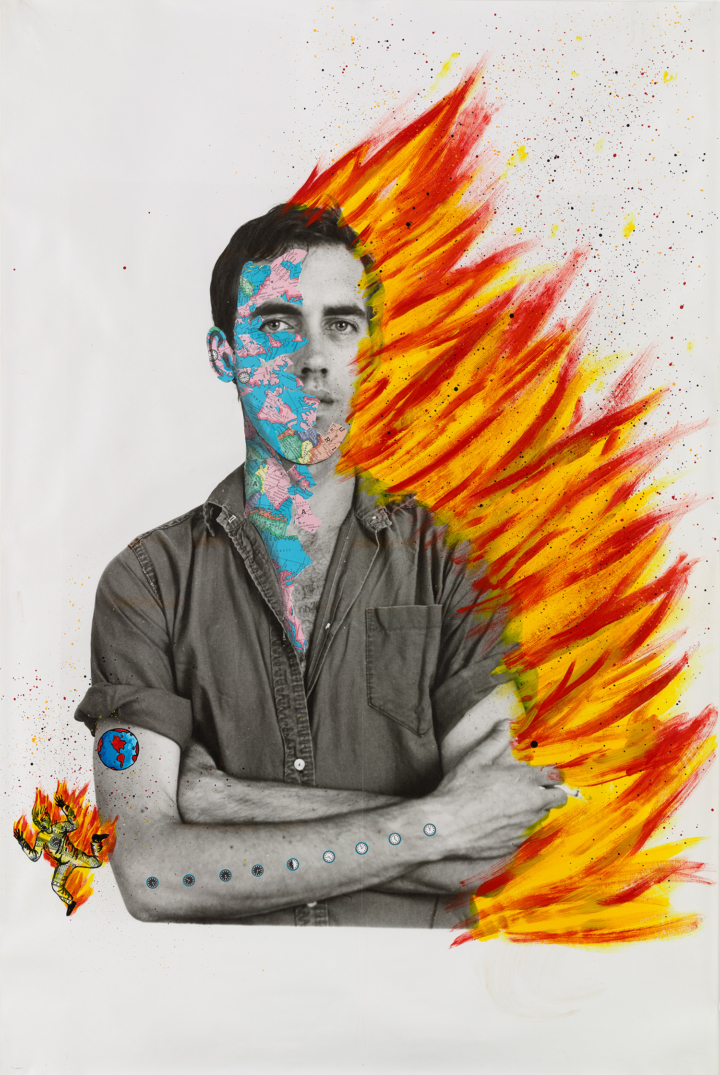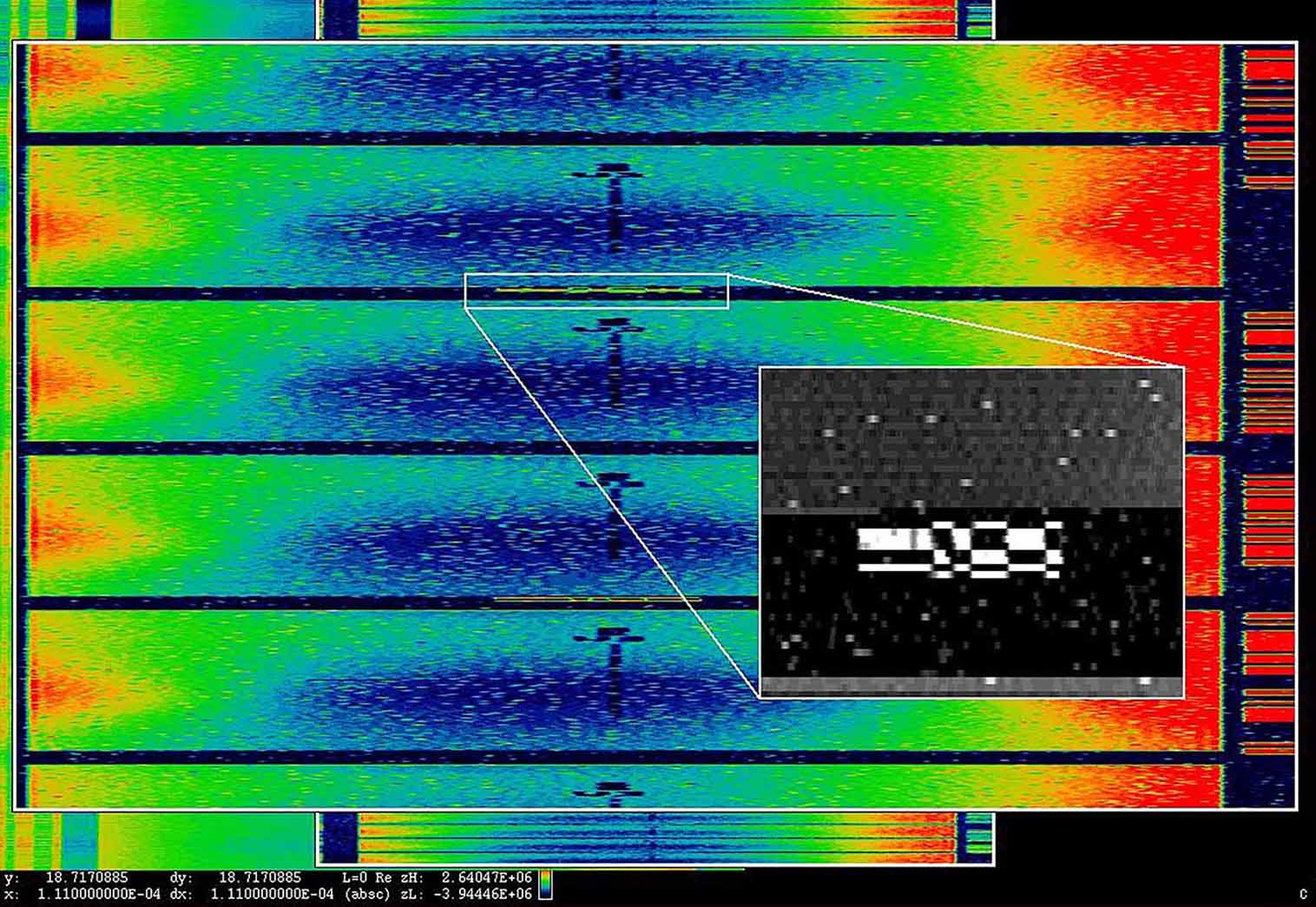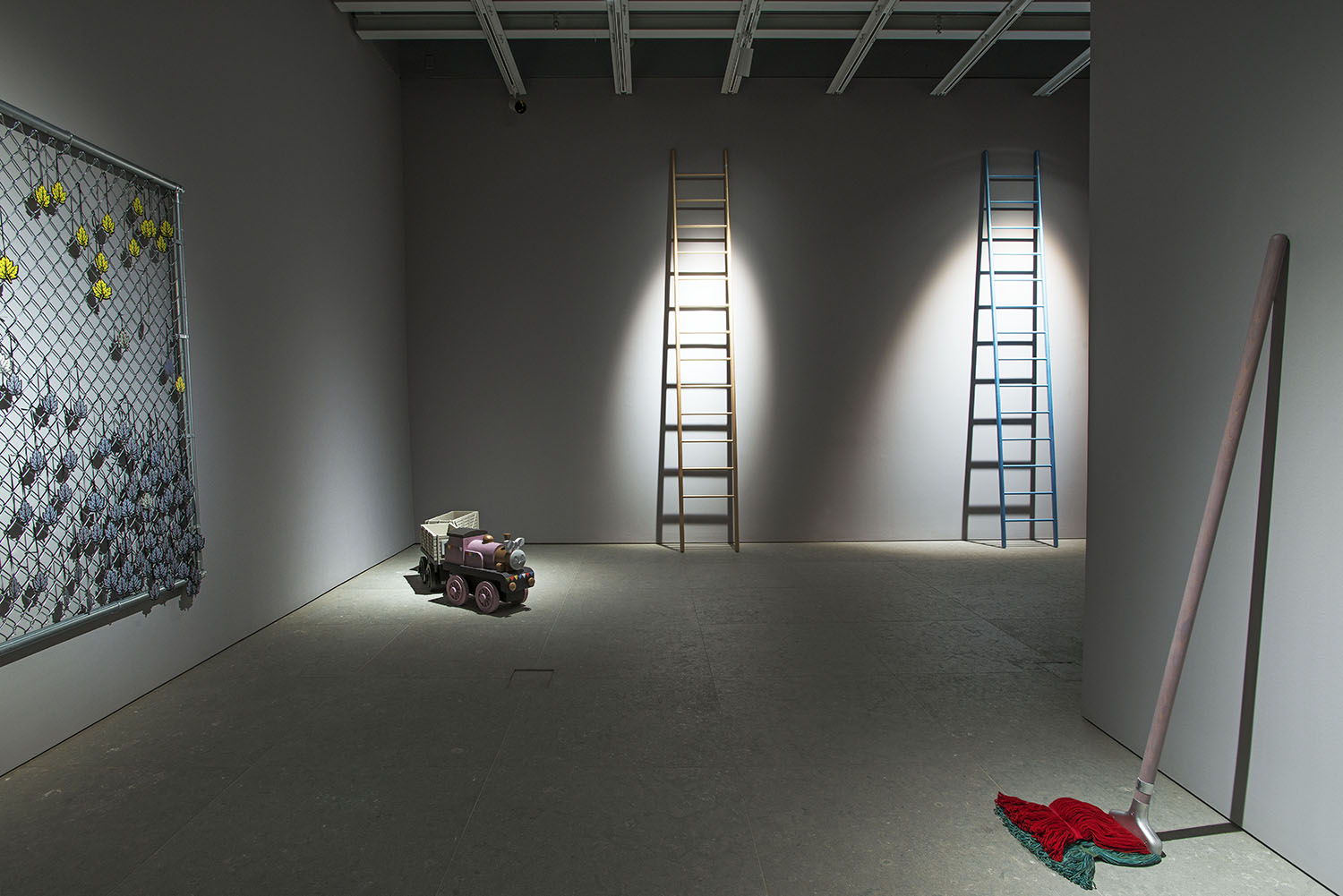Death isn’t fair: it reaps randomly but often strikes the most vulnerable — the ostracized, the weak, the defenseless. Those in the mainstream unfortunately often use prejudice to distance themselves from those on the outside, letting them die with a complicit and fearful silence.
In the 1980s under Reagan’s administration, some artists stood up to denounce the injustice caused by AIDS. Why wasn’t it recognized? Why didn’t it engage an immediate response? How was it that it only killed people who “deserved it”? From that anger, a desperate scream for help, compassion, or simple humanity, David Wojnarowicz’s activism attained an incandescent urgency. Using all available techniques — painting, photography, sculpture, film, writing, and performance — he burned to change the conservative status quo of the doxa, although not always with the same message. “History Keeps Me Awake at Night” at the Whitney explores the many facets of a man who dared to put himself at risk on many levels, but also to dream while knowing he was condemned. The lover of photographer Peter Hujar (who encouraged him to embrace his gift for painting) and brother-in-arms to Keith Haring and Allen Ginsberg (see the 1990 documentary Silence = Death by Rosa von Praunheim), Wojnarowicz was at the epicenter of the AIDS crisis. He embraced this fatal destiny like a solitary commando, like an uninvited prophet, like a captain on a plane destined to crash. Death was his focus and his material: on the one hand he documented his dying friends (Peter Hujar most notably), and on the other he grasped at life’s lush colors and abundant symbols (see Americans Can’t Deal with Death, 1990, or his “Elements” series from 1987). Visitors to the exhibition will hear his stormy voice throughout, and will be confronted by the hypnotic expressions on his long, emaciated face. His soul and body were the vibrant material of his art, his practice a restless, pounding drum that he would beat more intensely when the mainstream turned away. It was crucial for Wojnarowicz to bring to the public’s attention the reality of illness and suffering, the ease with which culture can be broken, and the high price paid by those shunned by the mainstream. David Wojnarowicz was a Christlike figure who bore in his bones the discriminatory pains of his times, a scapegoat who embodied the deadly consequences of prejudice and intolerance.




